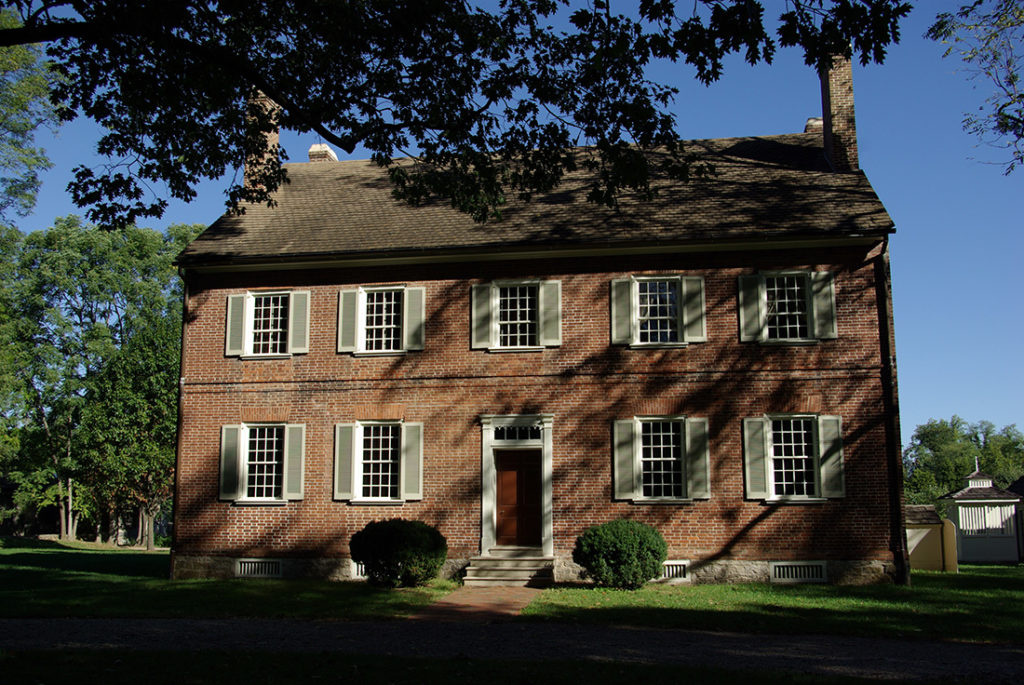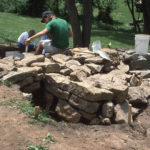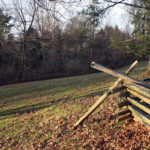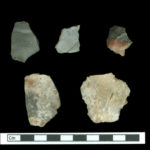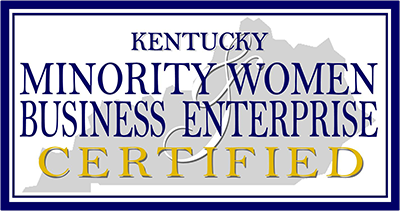Project Gallery
MASTER PLAN CONTRIBUTION: LOCUST GROVE NATIONAL HISTORIC LANDMARK, JEFFERSON COUNTY, KENTUCKY
Archaeological resources provide opportunities for scholarly research, resource advocacy, economic development, educational initiatives, and entertainment. Important throughout all of these is the power of archaeological resources to connect and transform individuals, ideas, and institutions.
The master plan process began under separate contract in 2012 when Corn Island Archaeology LLC, supported in the field by Brockington and Associates, Inc., conducted an intensive archaeological survey of the 55-acre property. Excavations by the University of Louisville and the Kentucky Archaeological Survey between 2007 and 2011 were reported by Mr. M. Jay Stottman.
These archaeological investigations, along with previous investigations conducted by Southern Baptist Theological Seminary, Louisville Archaeological Society, the University of Louisville, and Centre College, have provided a better understanding of past landuse. The combined artifact assemblage reflected extremely long landuse that spanned prehistoric and historic periods and reflected profound changes in human behavior, economic systems, and organization. Topics included the progression from nomadic prehistoric lifeways to settlement-period farm, incorporation of scientific farming by Dr. John Croghan, reflections of African American lifeways in material culture, and transitions during the late nineteenth to mid-twentieth century farming of the Waters family.
CIA’s contributions to the master planning process consisted of the submission of GIS shapefiles of defined areas of concentrations and the summary of six topics pertaining to management of the site’s archaeological resources. Deliverables emphasized the potential of archaeological resources to enhance connections and transformations.


